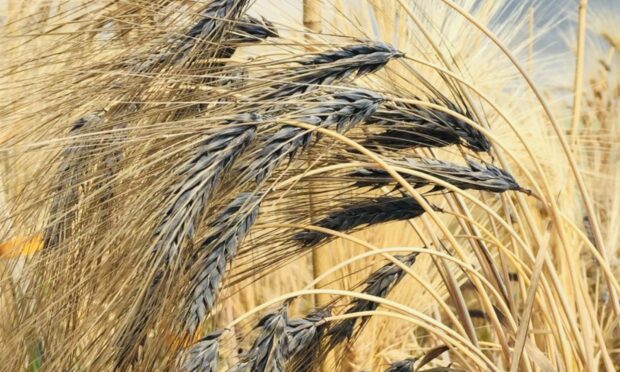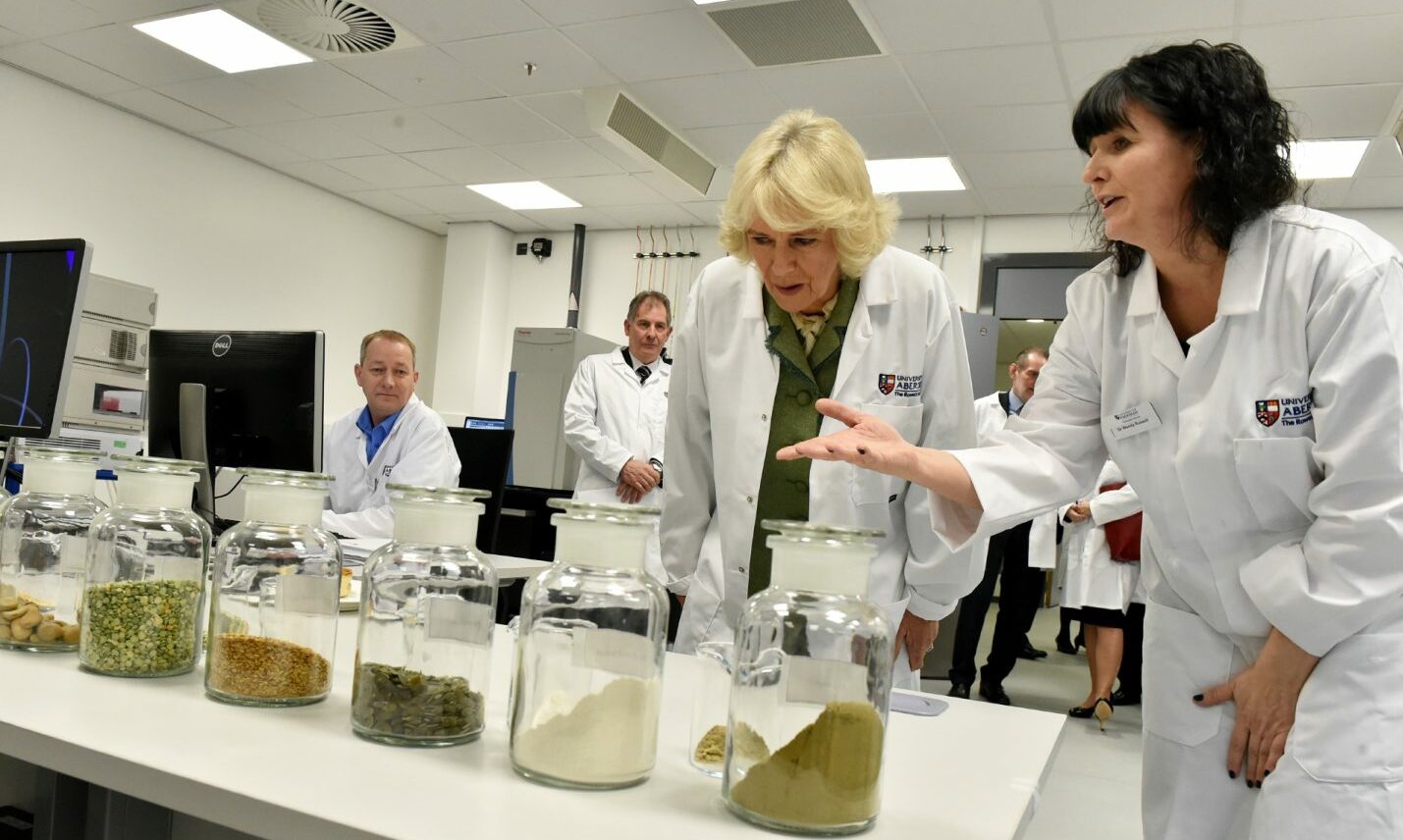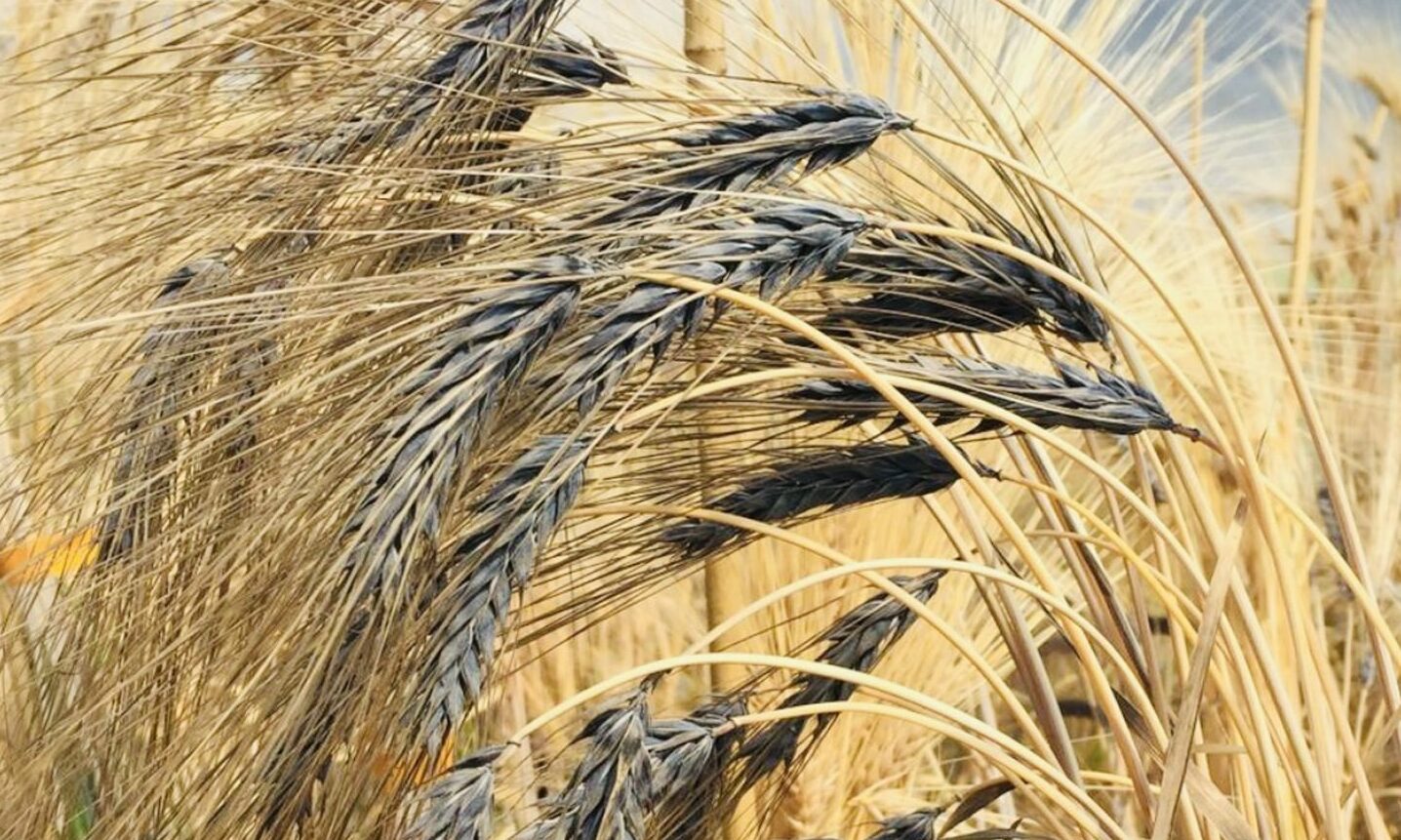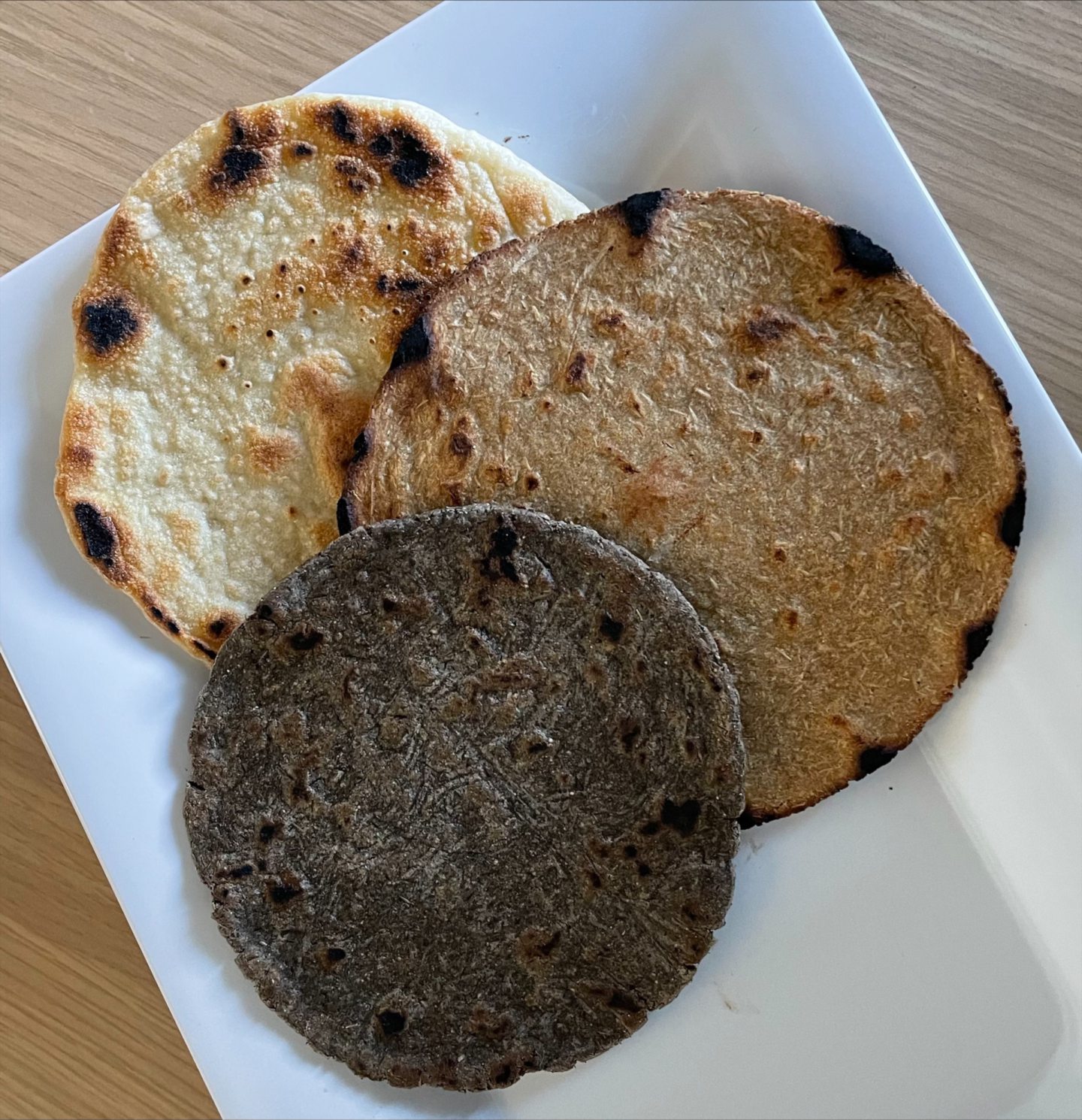A north-east study is aiming to prove that eating certain breads could reduce your chances of developing type 2 diabetes.
The Rowett Institute is investigating whether a new type of barley could have crucial health benefits.
Only a tiny percentage of all barley grown in Scotland ends up being eaten by humans – with the vast majority instead used for the drinks industry and animal feed.
But prof Wendy Russell, who’s heading up the research, thinks a new black variety of the crop could be transformational for our health – and the local farming industry.
Why do we need new types of barley, and how could they help us?
Cereals like barley contain a certain carbohydrate, beta-glucan, and studies have shown just 3g a day is enough to help lower cholesterol.
But this compound isn’t particularly useful for the alcohol industry, so strains have been bred with less of it.
Prof Russell said: “We’re really keen to try and get barley back into the human food chain, and farmers are too.
“A lot are looking to diversify their production, and they’re under a lot of pressure to meet climate credentials.
“(Currently) a lot of the barley used in the malting industry is quite intensive when it comes to water use, fertiliser and pesticides.”
New barley ‘nutritionally superior’
In response, the Aberdeen-based James Hutton Institute has crossed four varieties which are all:
- Economically viable
- “Nutritionally superior”
- And suitable for growing in Scottish conditions.
The black barley, a cross of Tibetan and Hispanic strains, contains the compounds for lowering blood cholesterol but also blood sugar.
High levels of this are one of the main risk factors for type 2 diabetes and heart disease.
Prof Russell has already spoken with farmers, the baking industry and specialist bread groups to gauge interest in using it.
“If we (can reduce) blood glucose it will be great but, if we don’t, we know these crosses will already be good for reducing cholesterol,” she explained.
“We’re trying for a win-win, but if we just get a win, we’ll still go out to the bakers.
“Our work is always about getting the supply chain and consumer interested.
“If something is successful, we’ll go out there and really try to get it into the system so people can eat it.”
High-end restaurants, food colouring alternatives: What does the future hold?
Prof Russell says the black barley could be used in products specifically marketed towards people with, or at risk of, type 2 diabetes.
Bakeries might use another of the new strains, which is purple, as a natural alternative to food colouring.
She has also suggested that black bread could become a staple of high-end restaurants, following the popularity of squid-ink pasta.
But before the research team reach this point, they need to examine the effects of black barley more closely.
They’re currently recruiting volunteers for their study, who will be asked to eat three different types of bread then have blood and urine samples taken.
One was baked with black barley, the second with a different type of barley already grown in Scotland, and the third with plain wheat flour.
“As we eat a meal, blood sugar levels rise,” Prof Russell said.
“We’ll feed all three to the volunteers and look at their levels to see if the black barley bread reduces this.”
Do you want to take part in the project?
For more information visit the Rowett Institute volunteering webpage.




Conversation